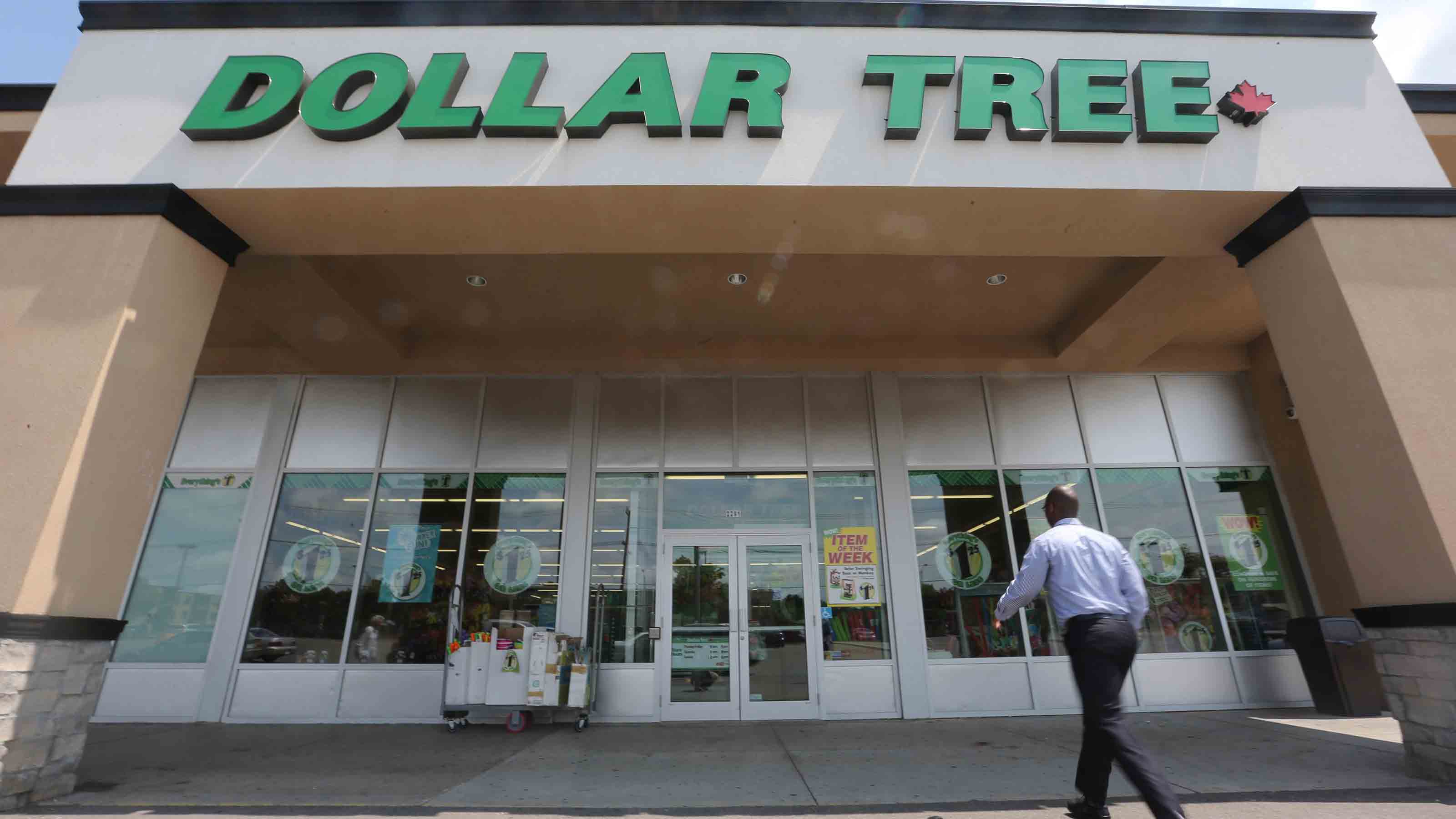Budgeting
Latest
-

Eight Things Medicare Doesn't Cover
Healthy Living on a Budget Medicare Part A and Part B leave gaps in your healthcare coverage. But Medicare Advantage has problems, too.
By Donna LeValley Last updated
Healthy Living on a Budget -

15 Social Security Tasks You Can Do Online
retirement Why visit a government office to get your Social Security business done? You can do much of that online.
By Bob Niedt Last updated
retirement -

The Power of Living Within Your Means
Budgeting Budgeting is work, but it allows you to spend your money on what you value most.
By Miriam Cross Last updated
Budgeting -

How Our Family Fights Inflation
Budgeting Millennials typically spend more than other generations on certain expenses that have been increasing most rapidly. Here are some tips to cut your losses.
By Lisa Gerstner Last updated
Budgeting -

The 50-30-20 Budget Rule is a Simple Way to Save Money
Saving Using the 50-30-20 budget rule is an easy way to save. It helps you prioritize saving while paying off debt.
By Erin Bendig Last updated
Saving -

Gas Prices Around the World
Budgeting Many world gas prices can make what Americans pay at the pump seem like a bargain. But not all.
By David Muhlbaum Last updated
Budgeting -

Best Things to Buy at Dollar Tree Dollar Stores
You might be surprised by some of the items you can and should purchase for just a buck.
By Bob Niedt Last updated
-

Estimated Payments or Withholding in Retirement? Here's Some Guidance
Budgeting You generally must pay taxes throughout the year on your retirement income. But it isn't always clear whether withholding or estimated tax payments is the best way to pay.
By Rocky Mengle Published
Budgeting -

What You Can Do About Medical Debt
Budgeting Millions of Americans are awash in debt from medical care. If you’re one of them, we have your options, whether the bills are new or a collector is calling.
By Elaine Silvestrini Published
Budgeting
